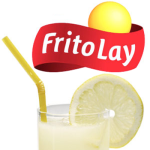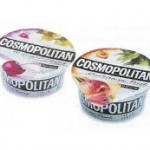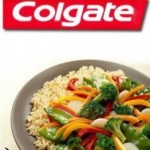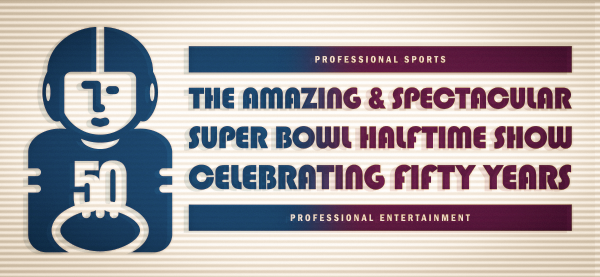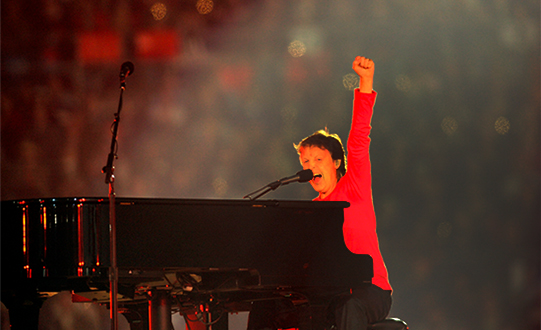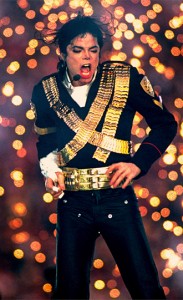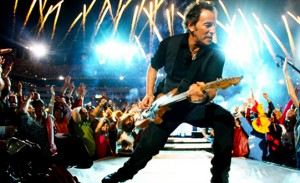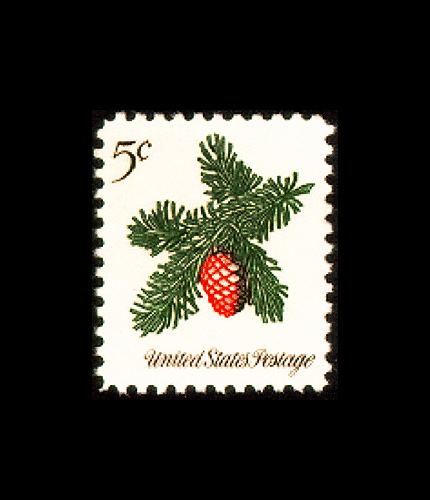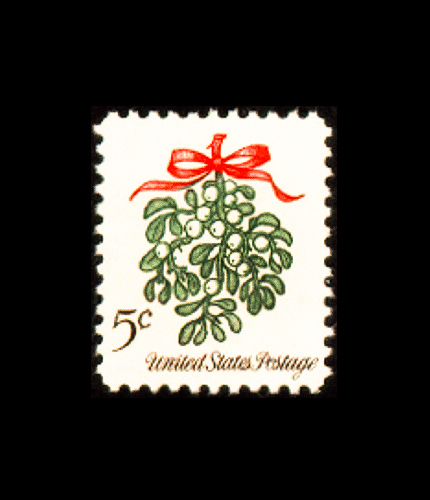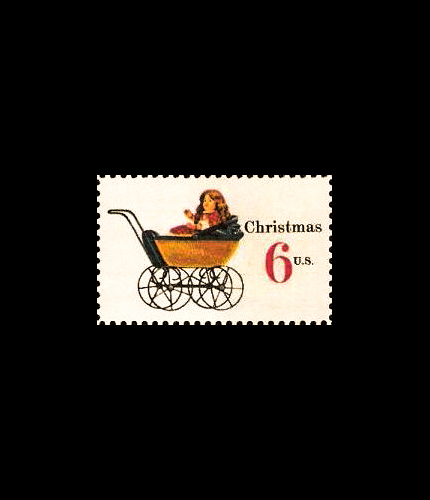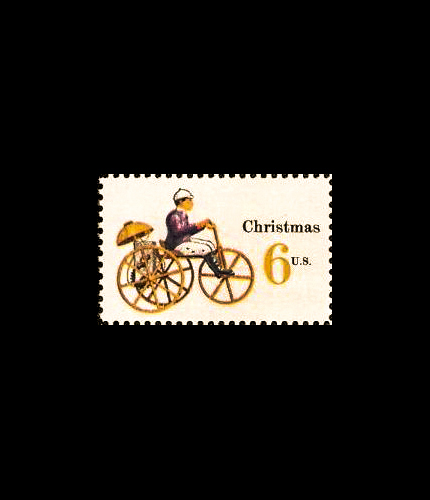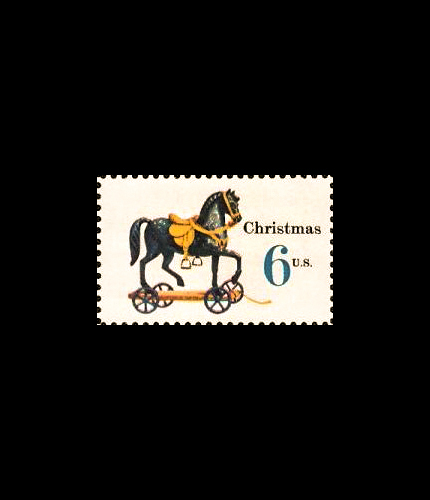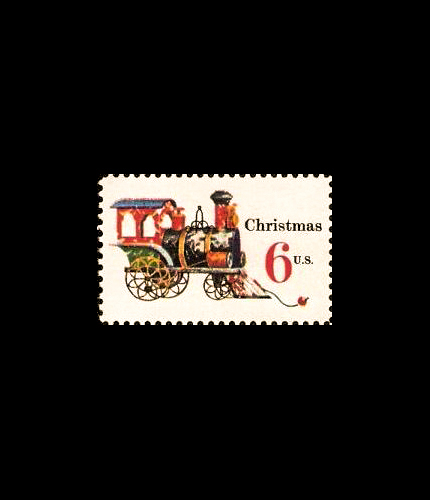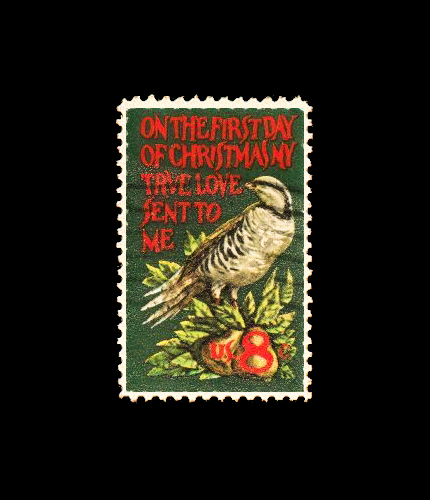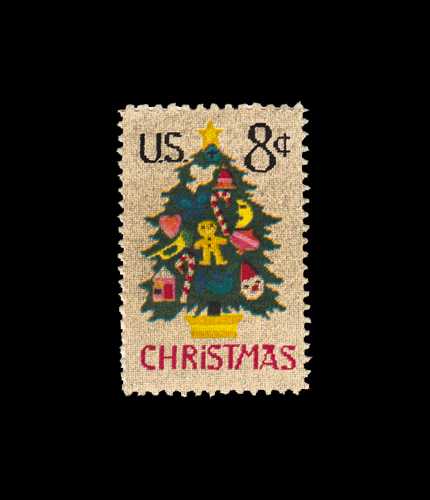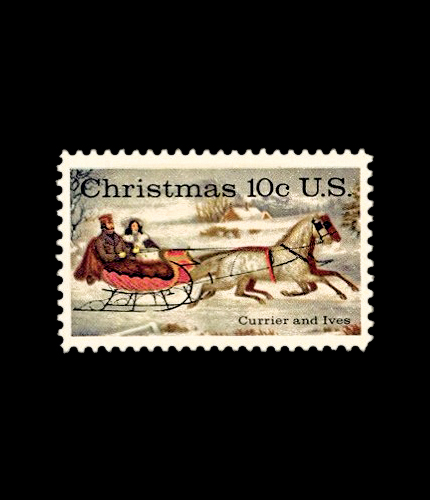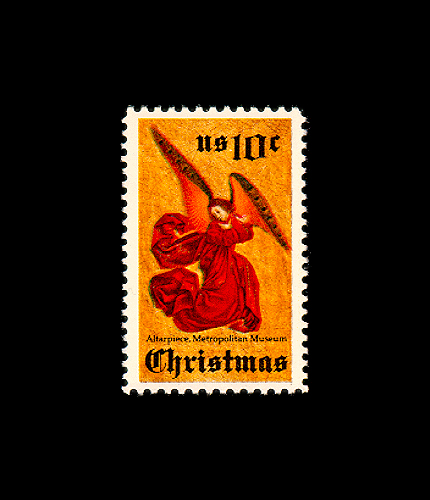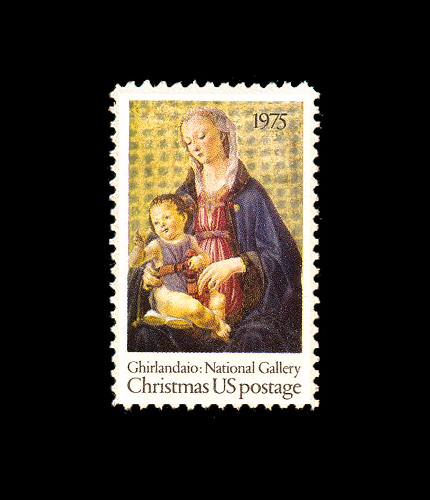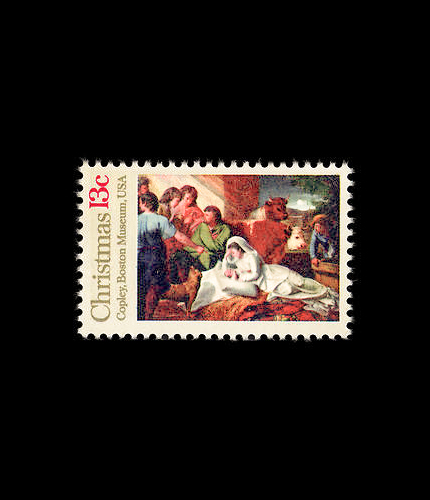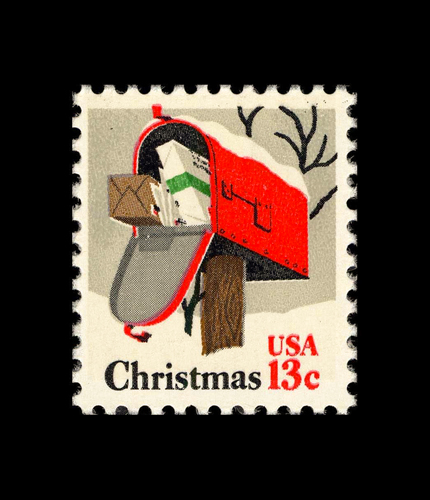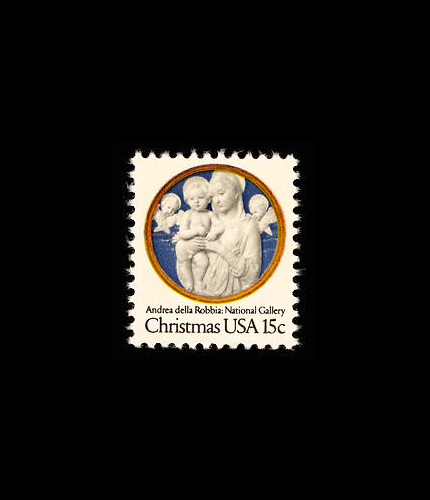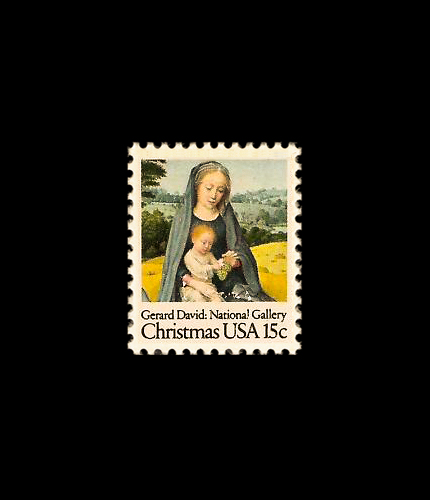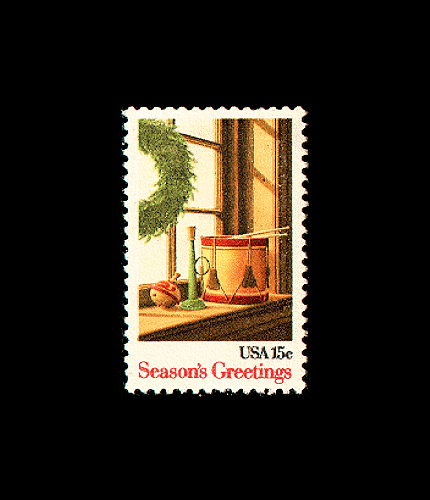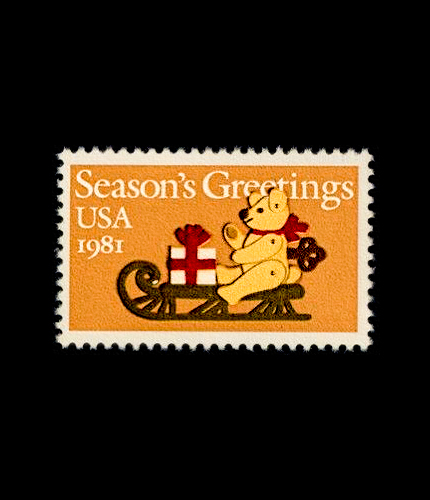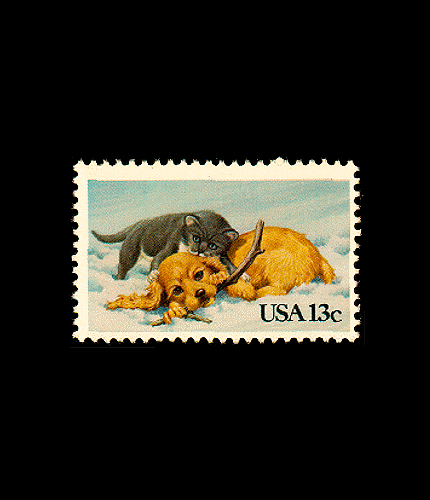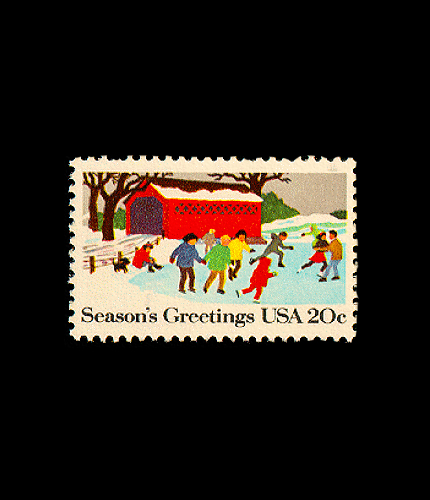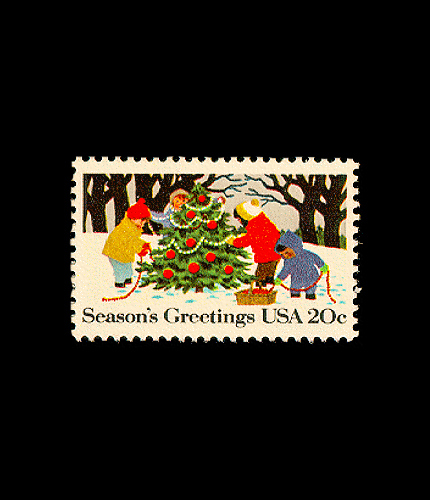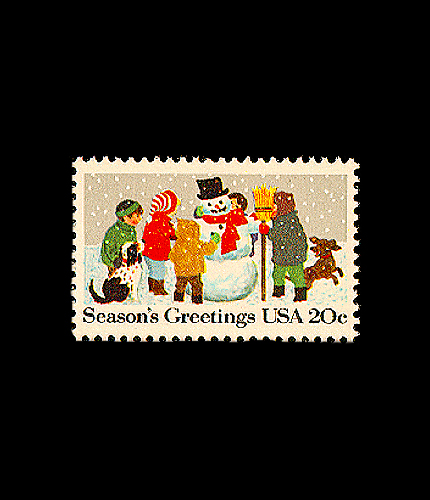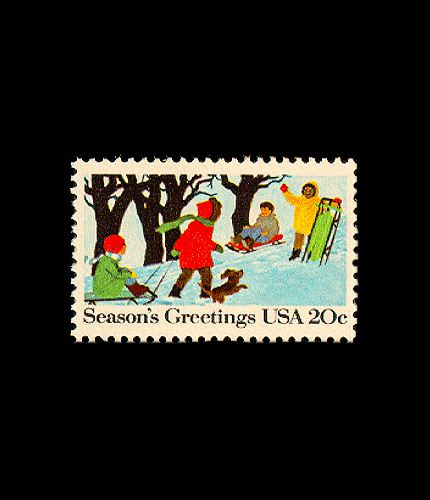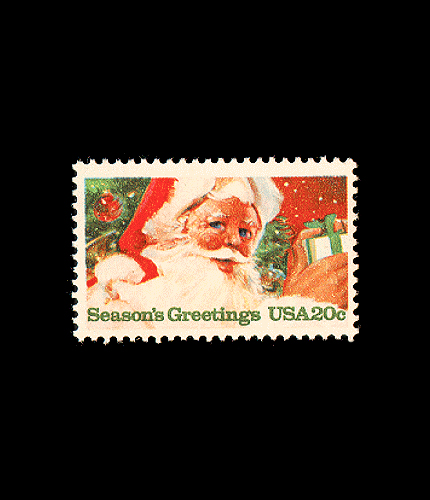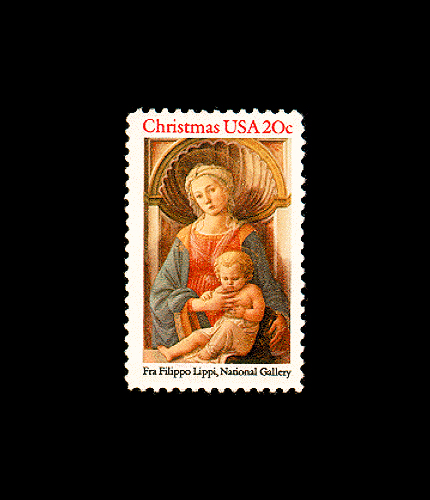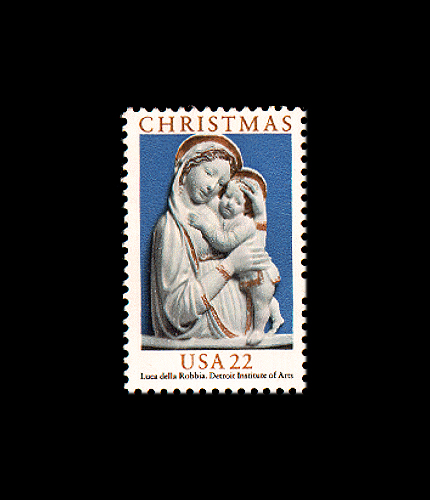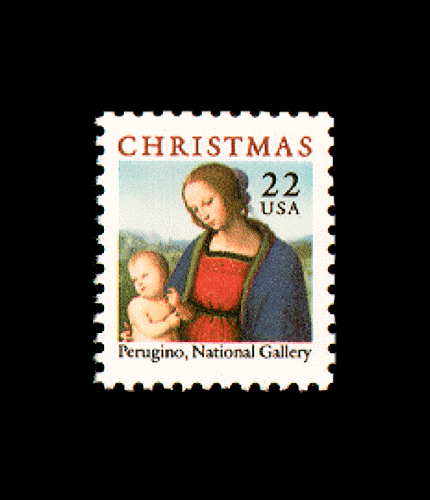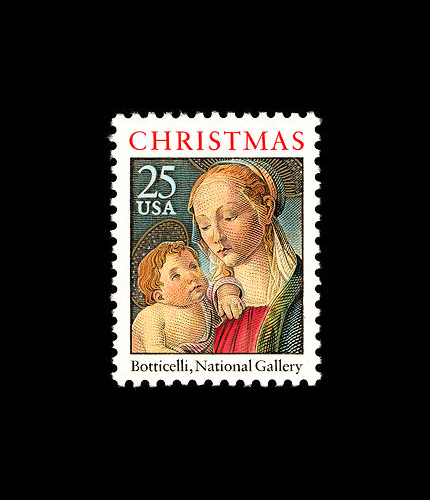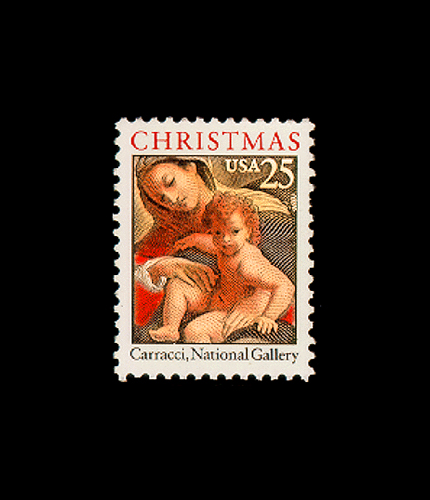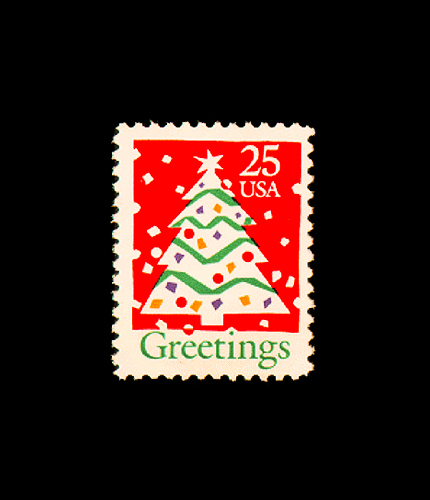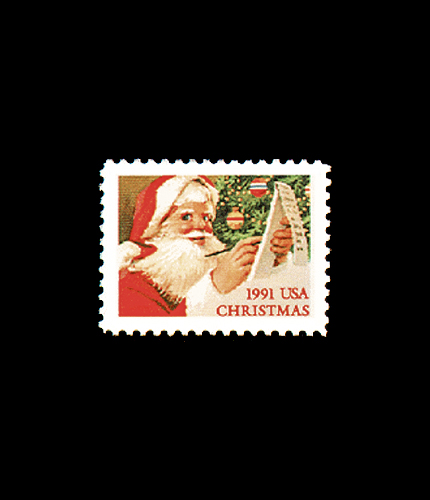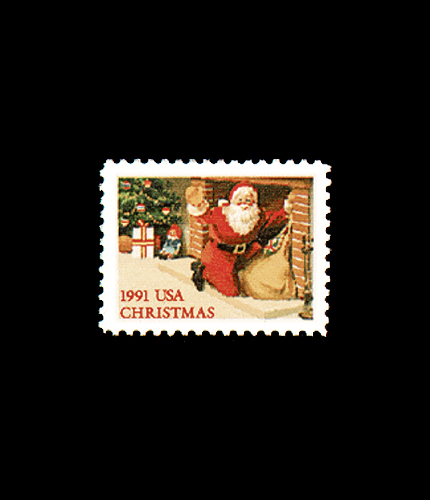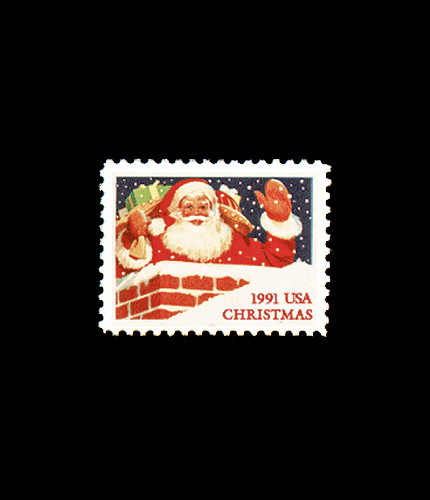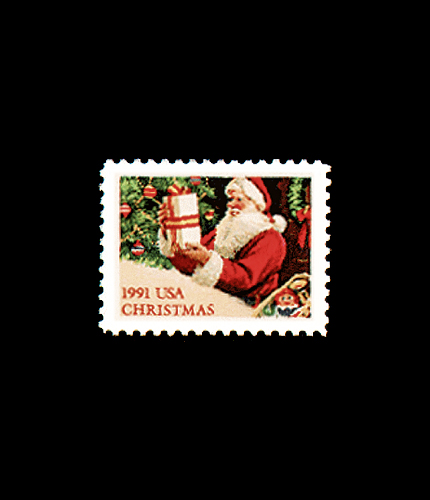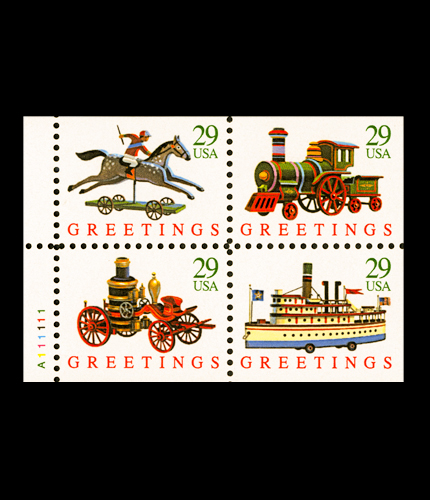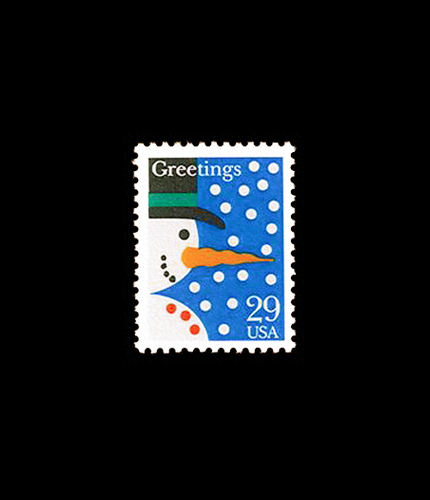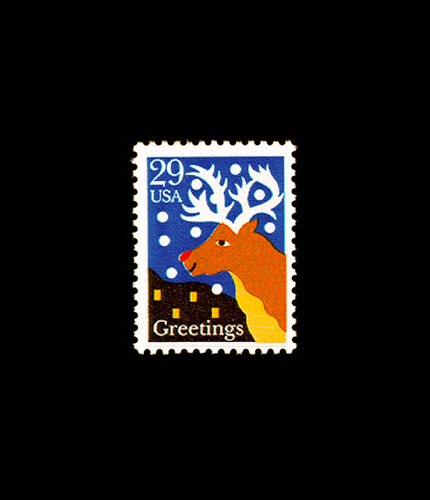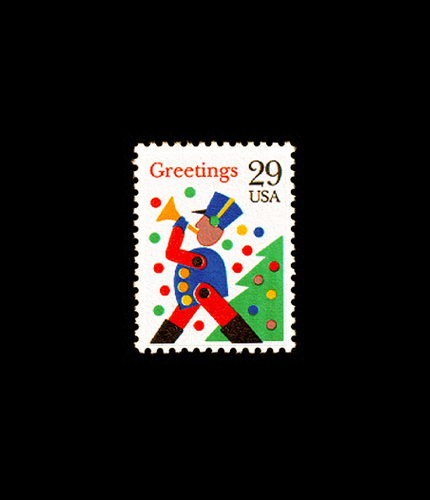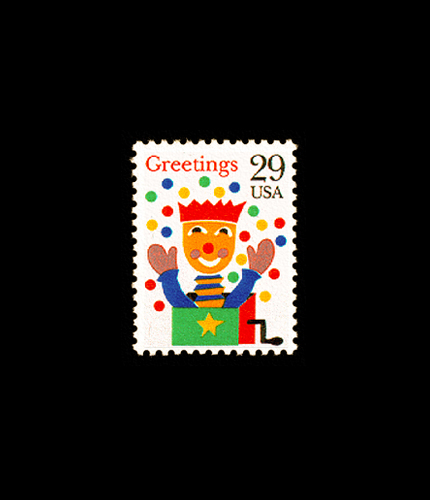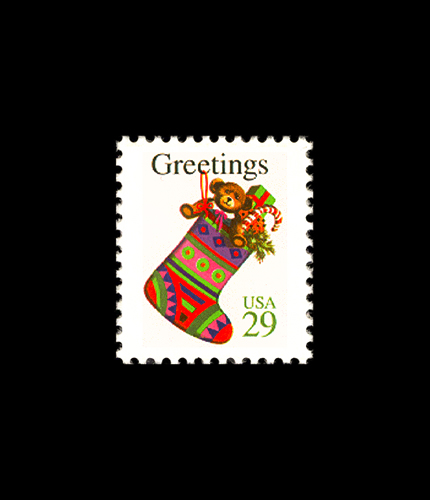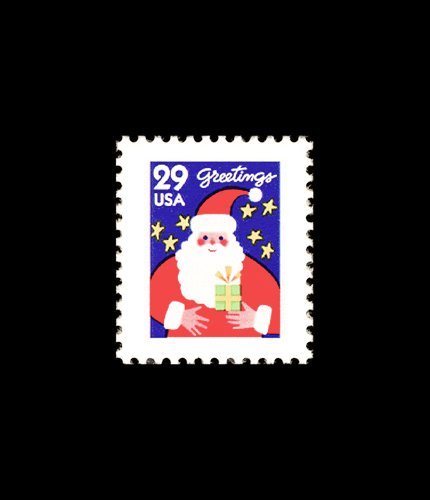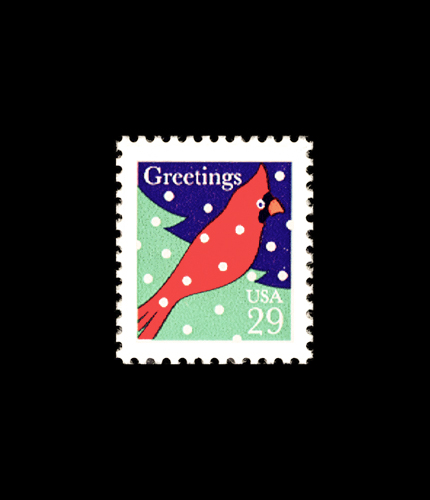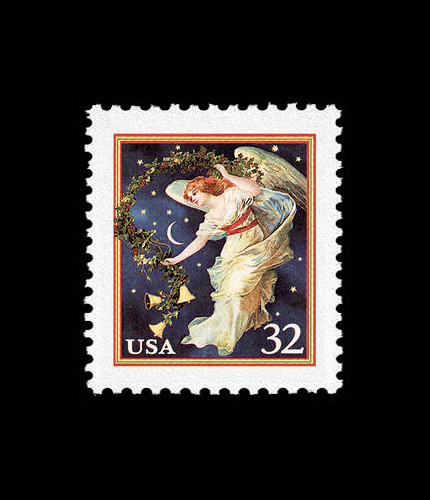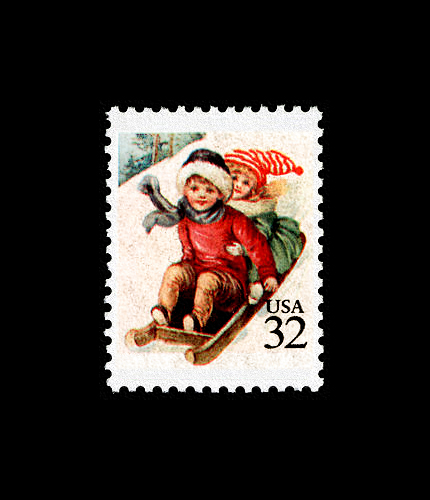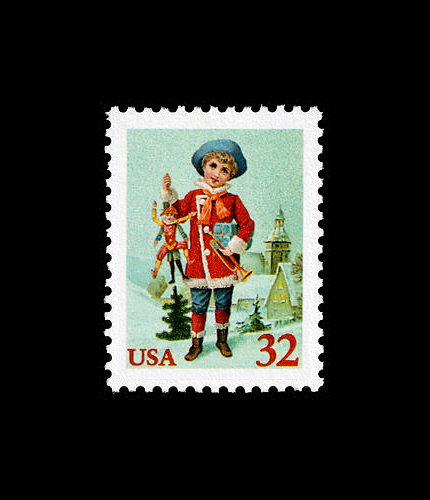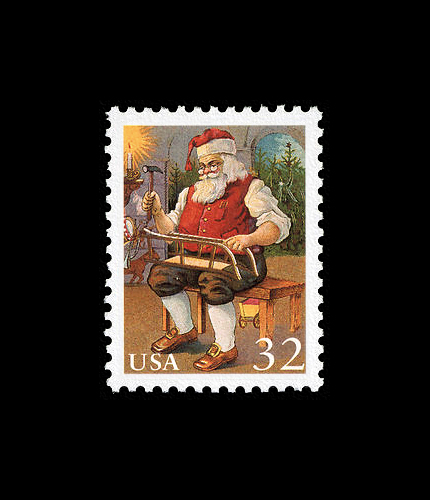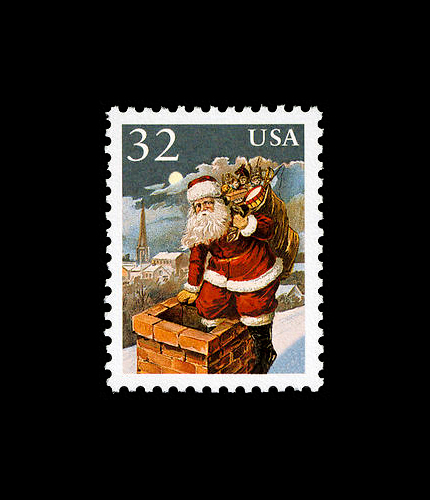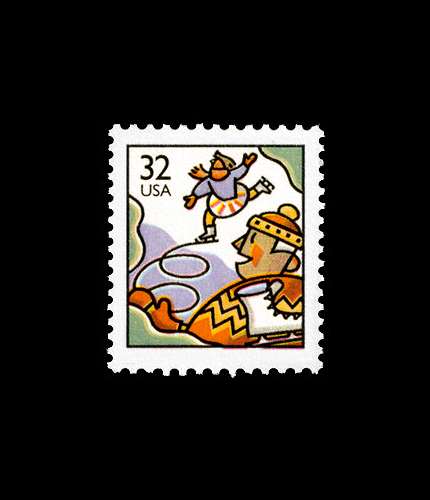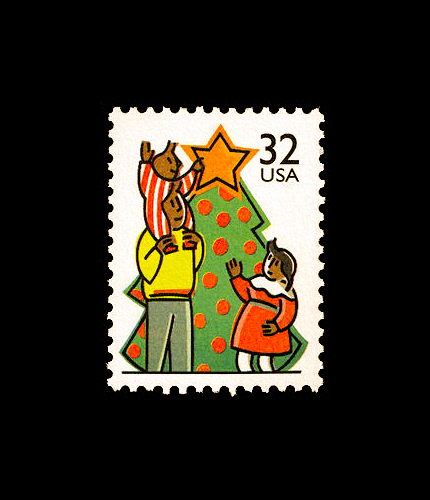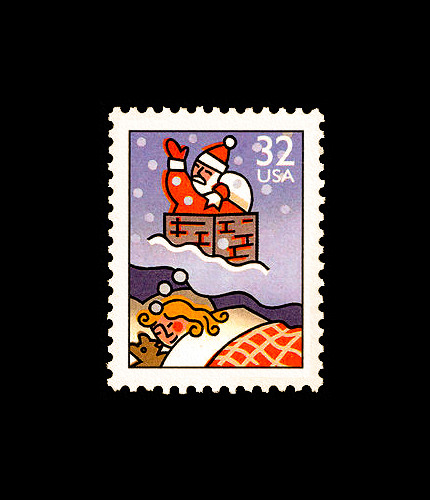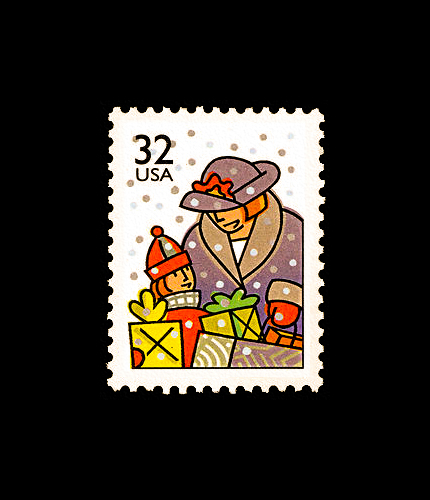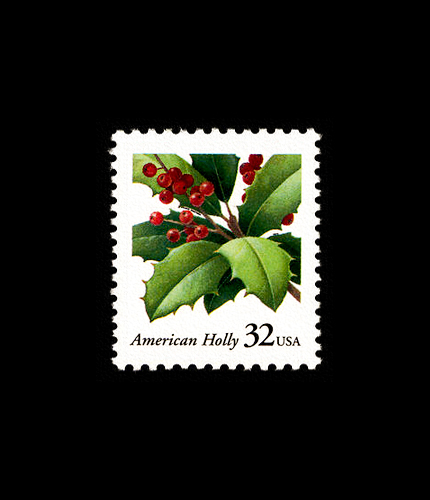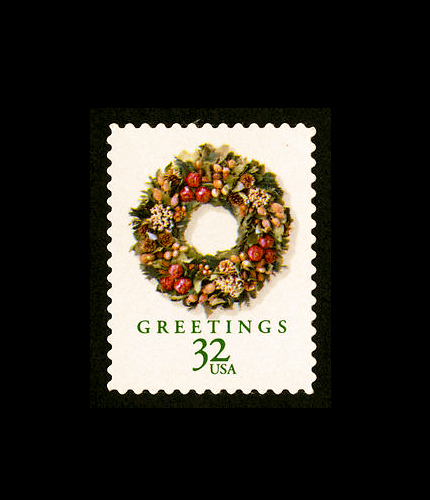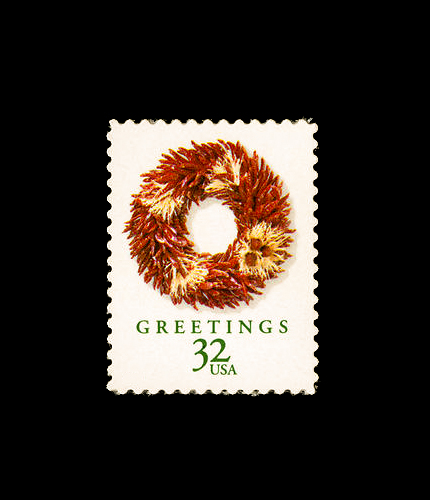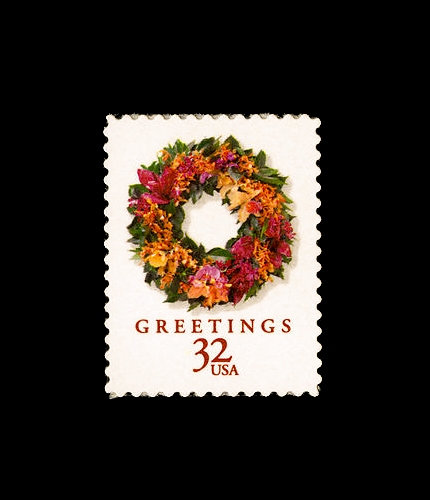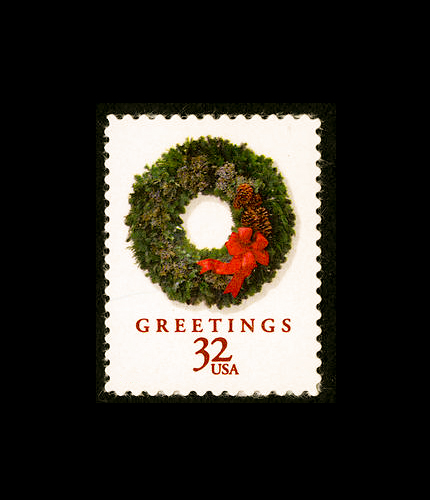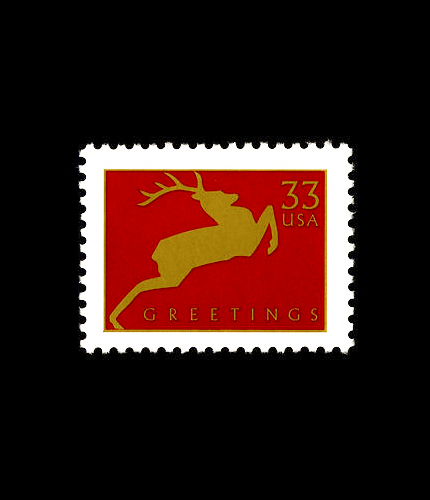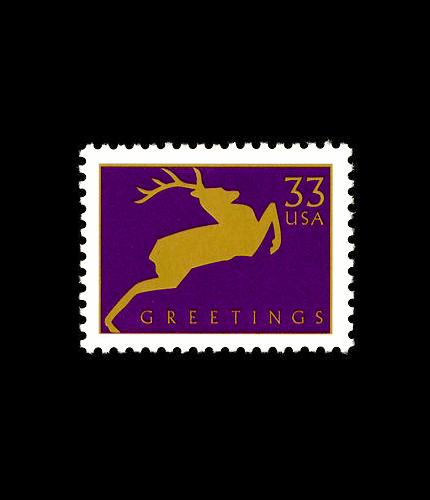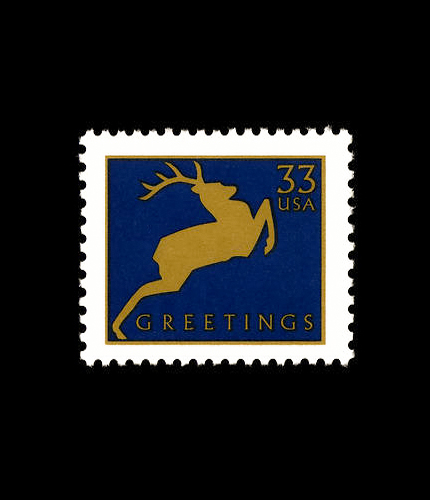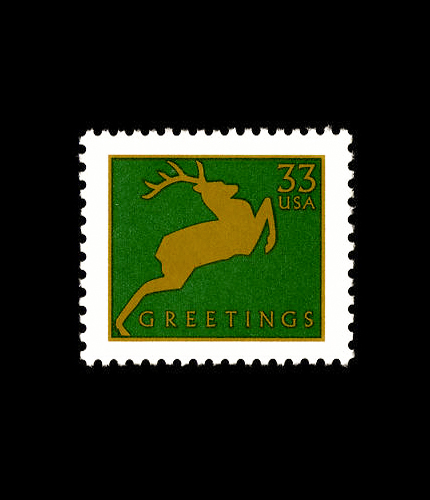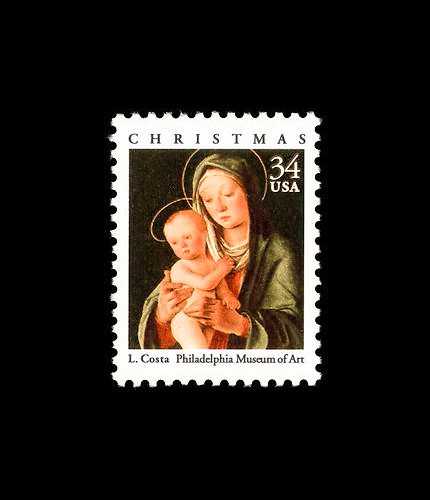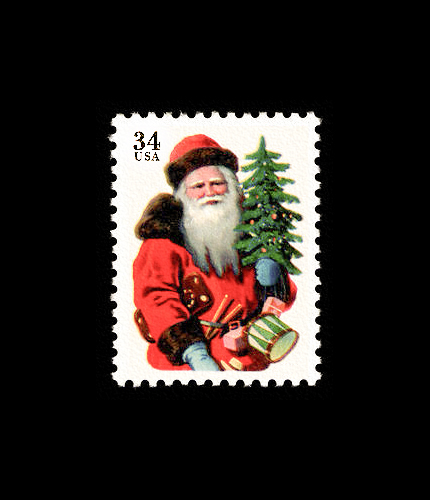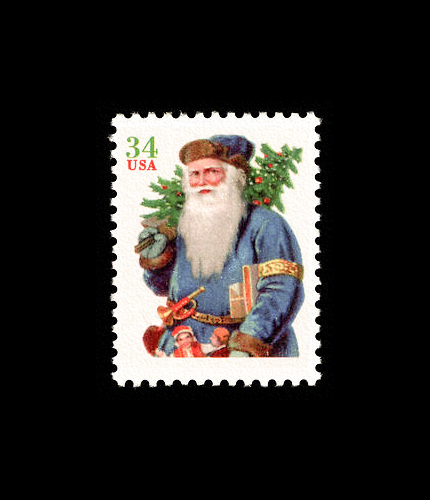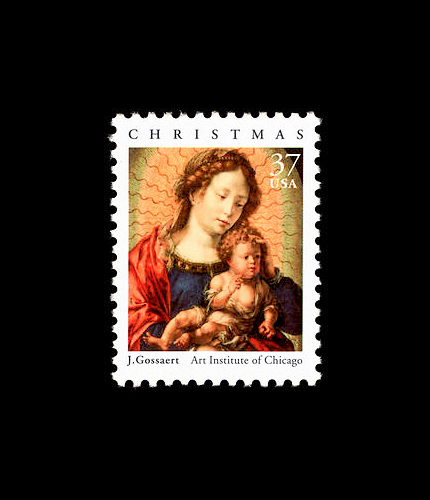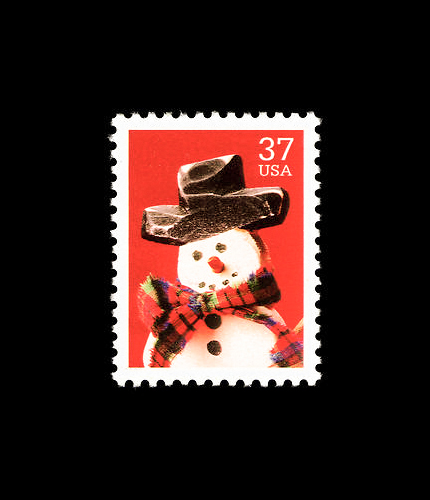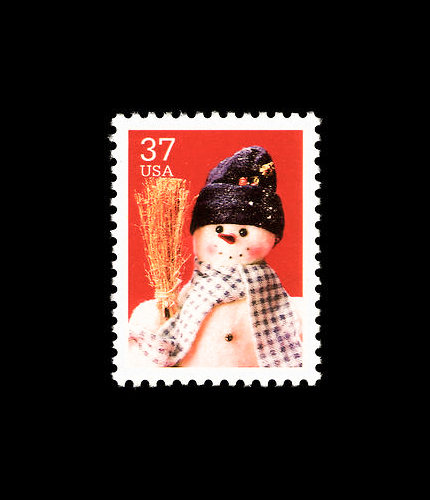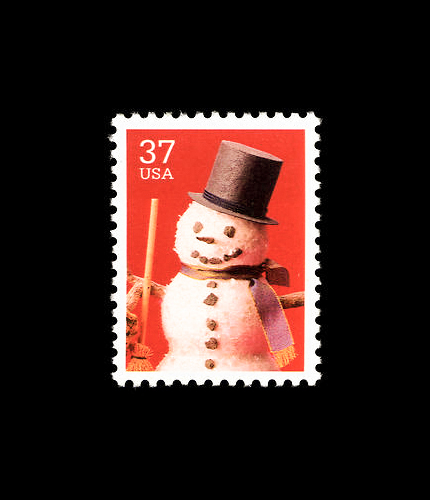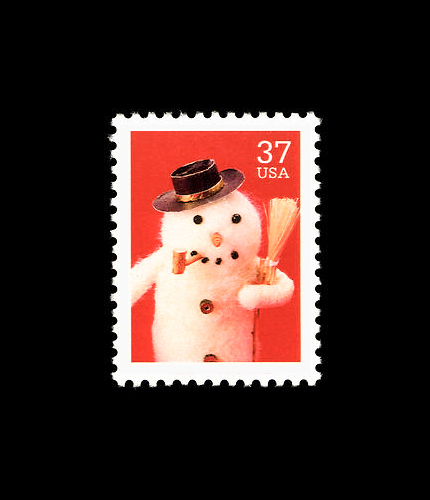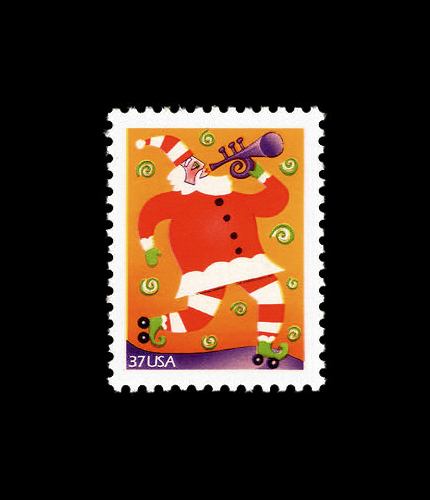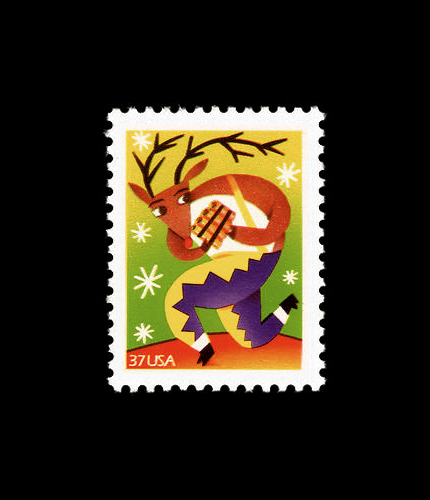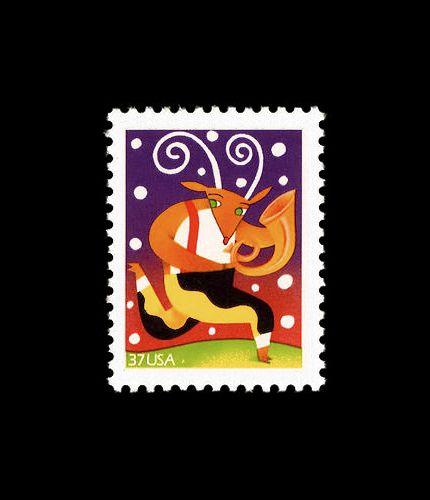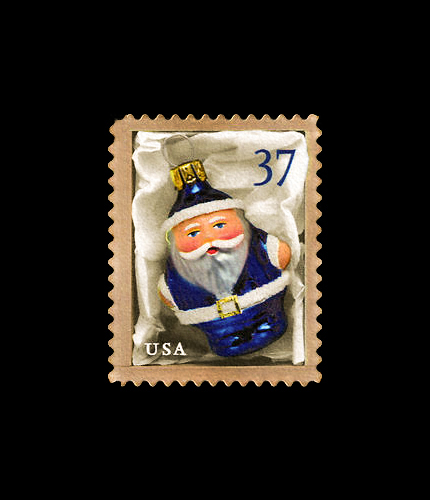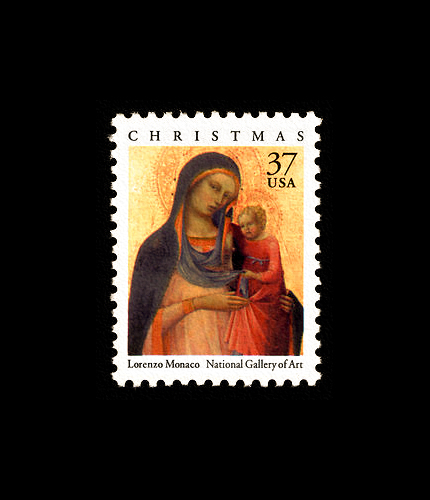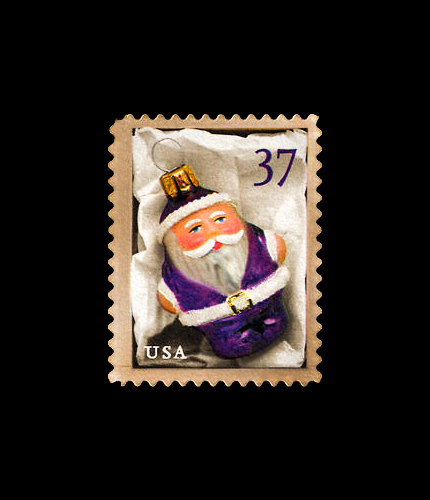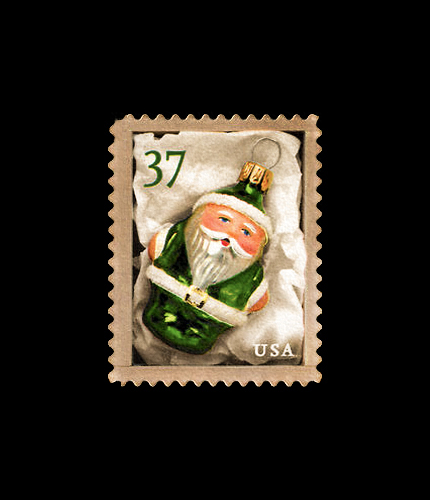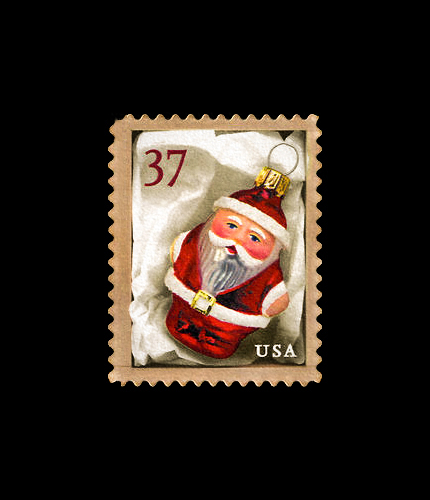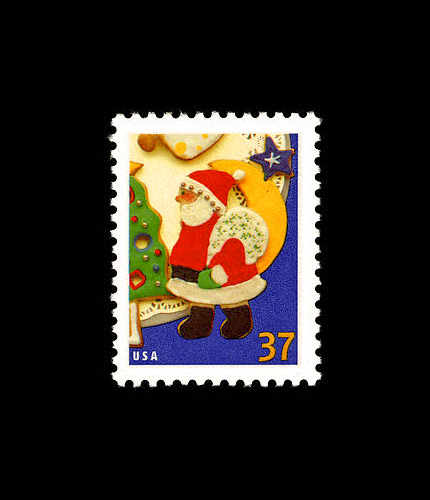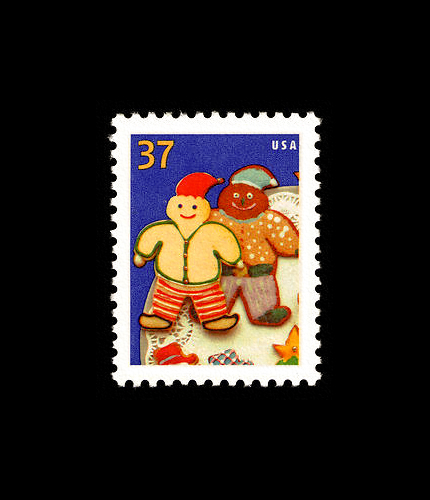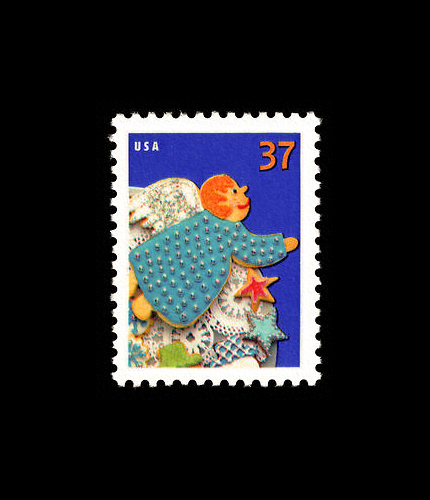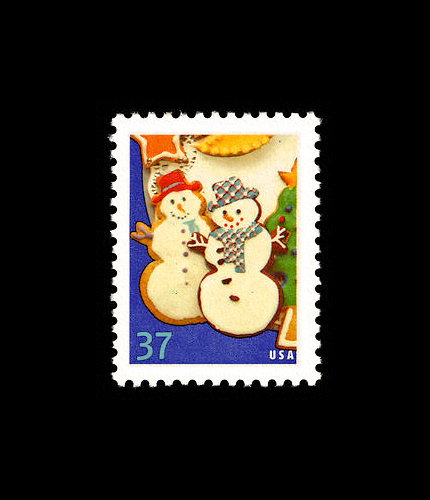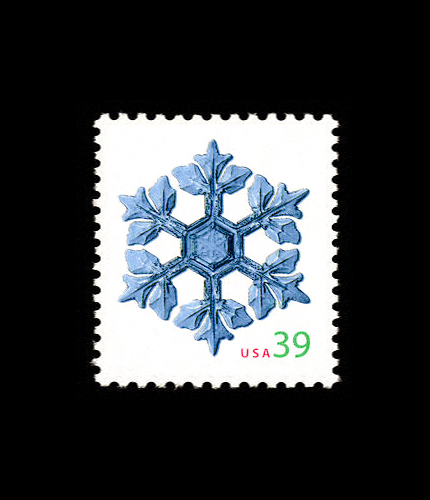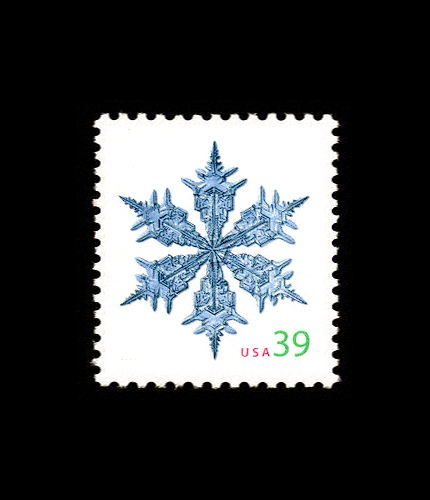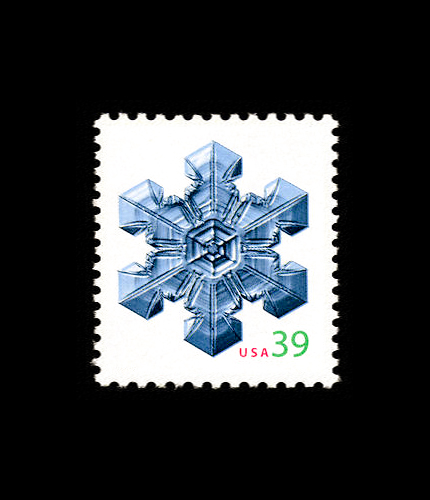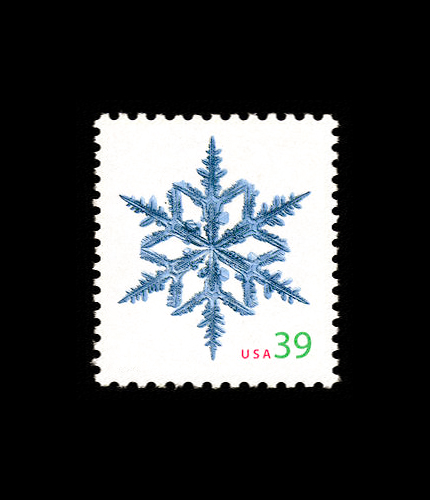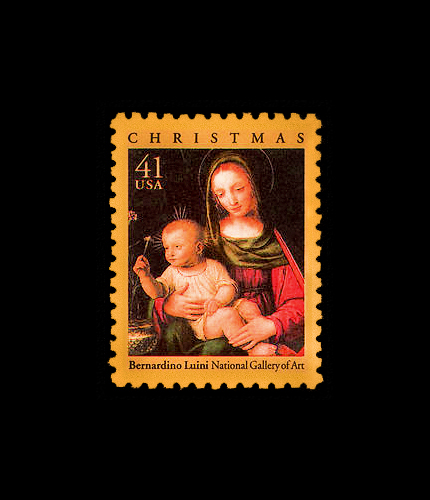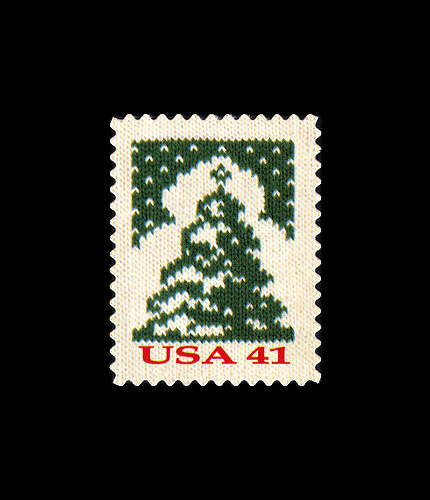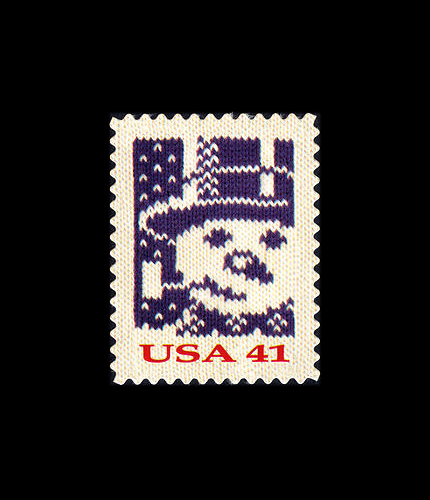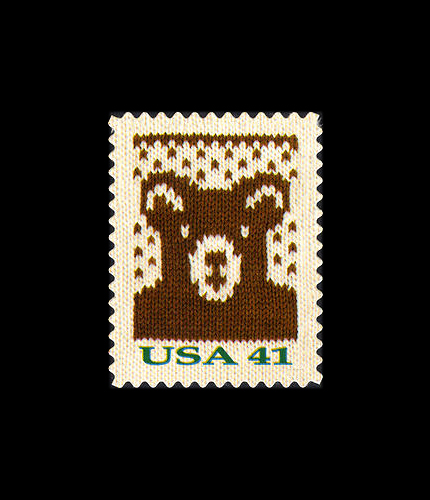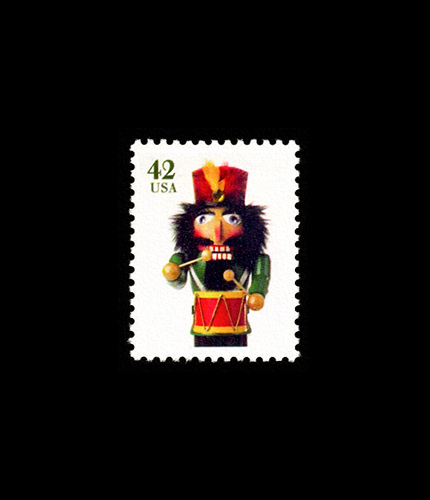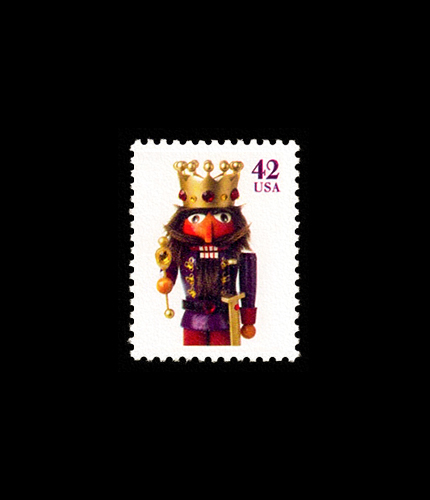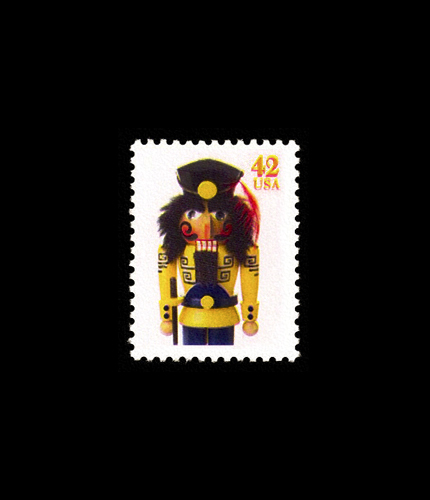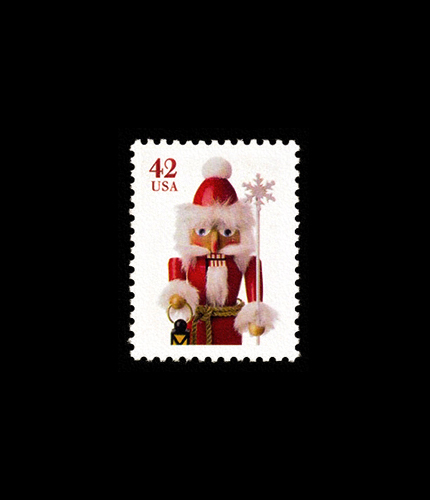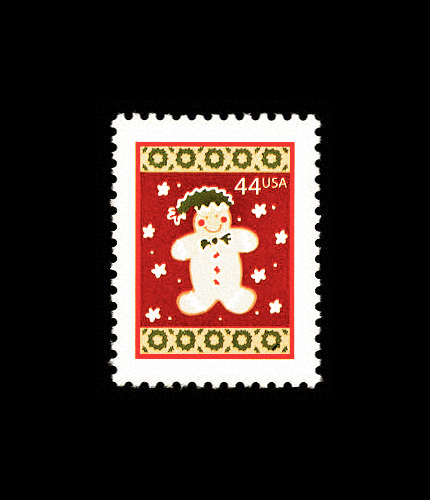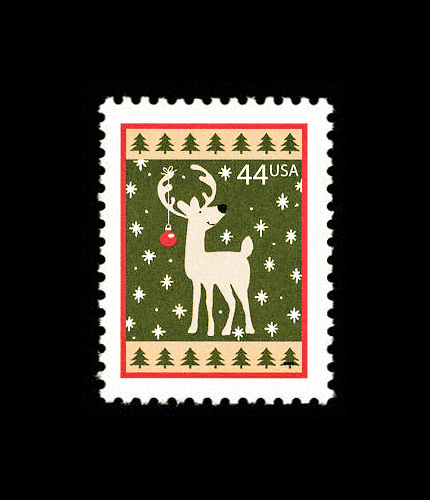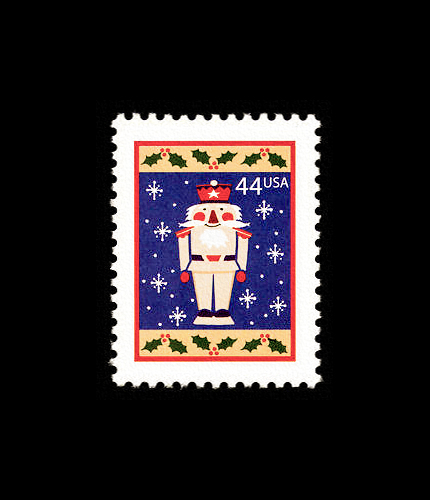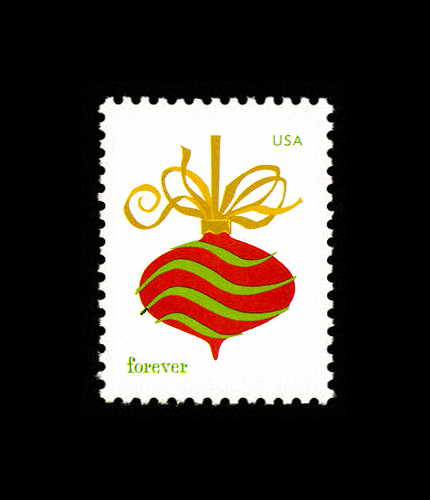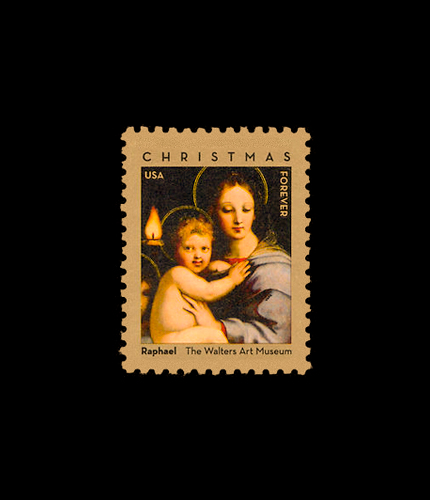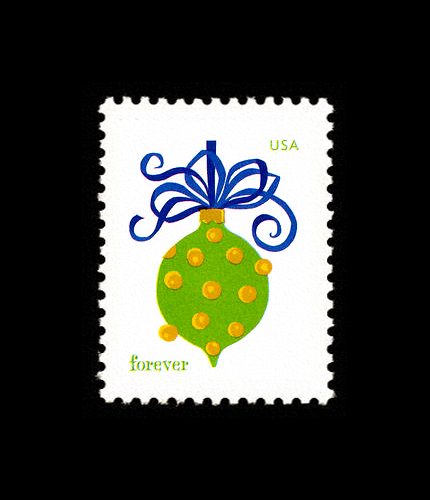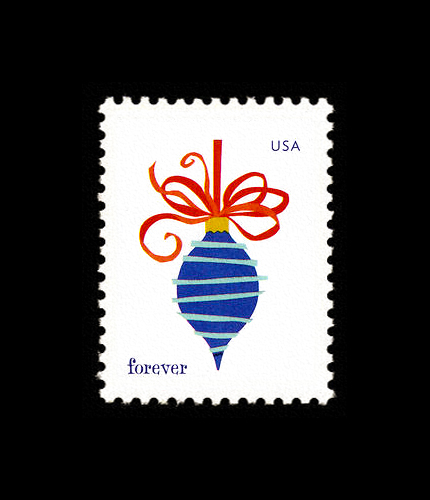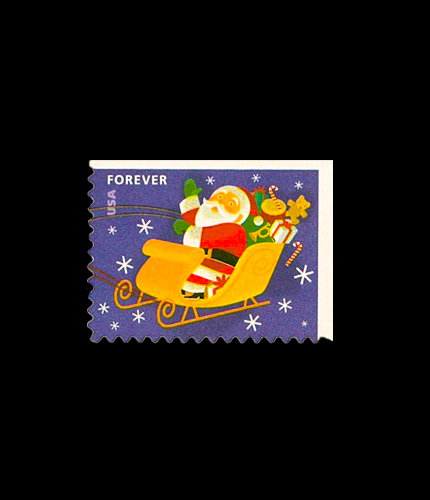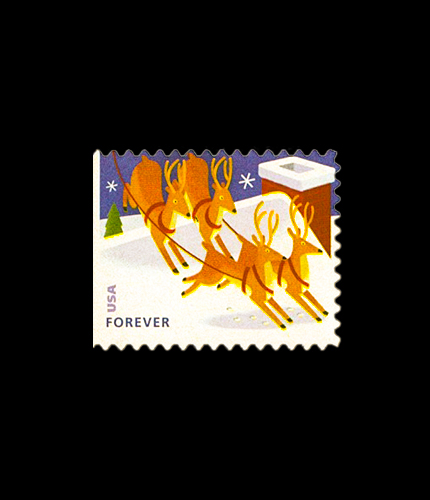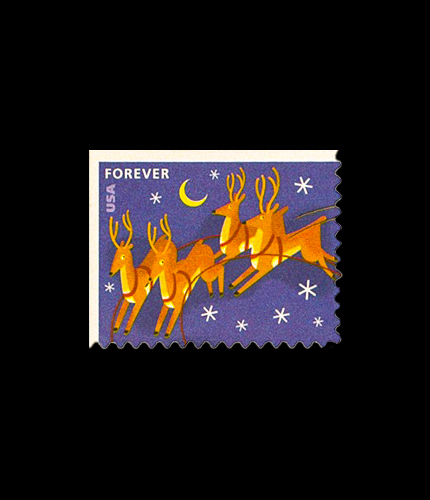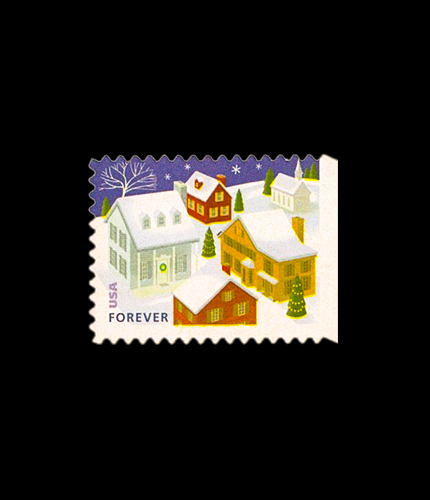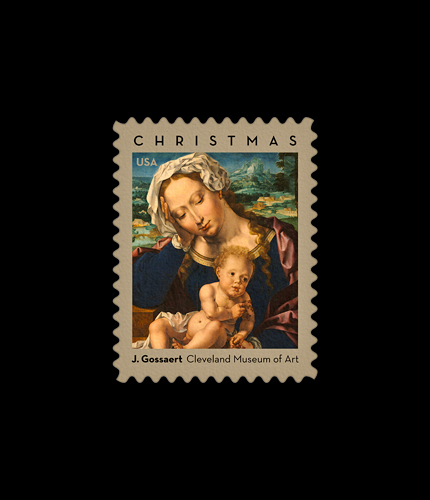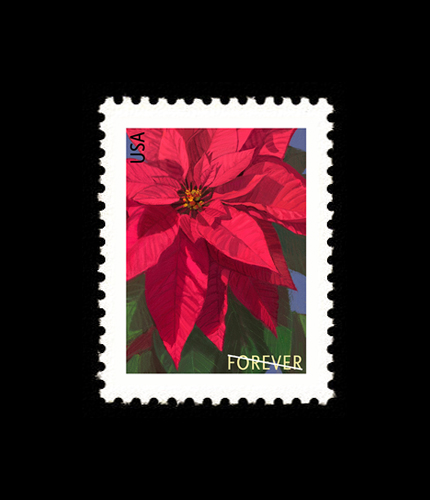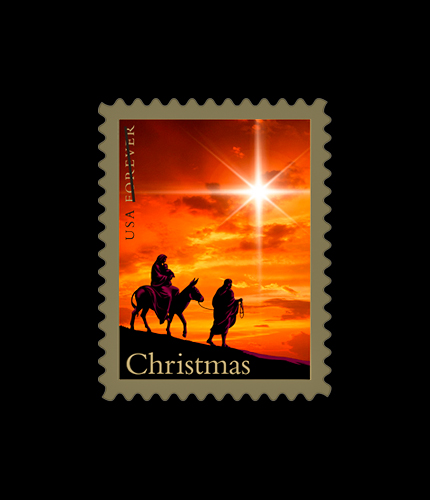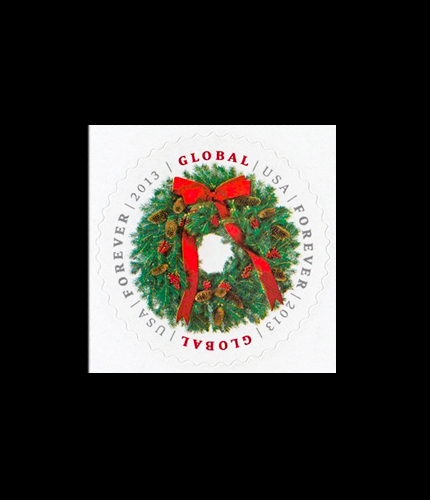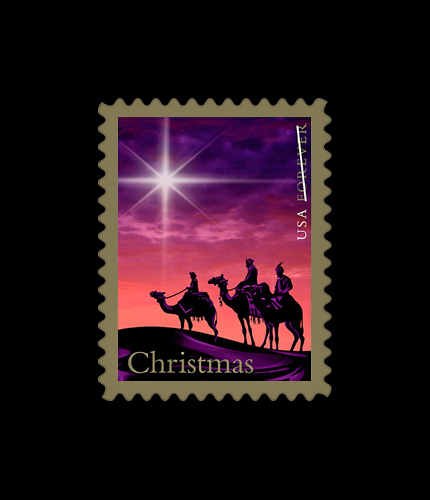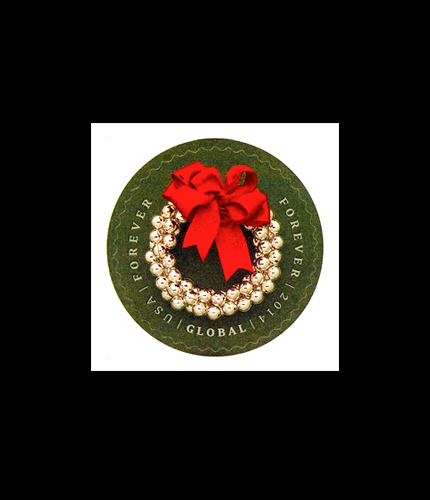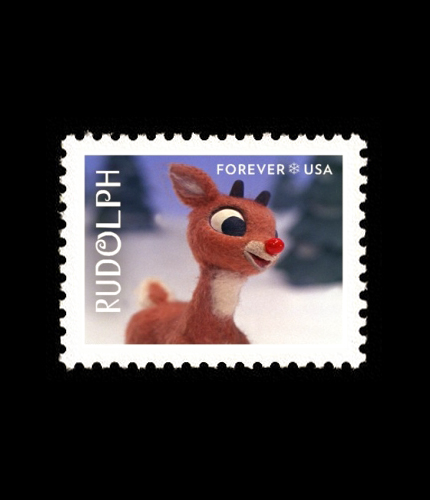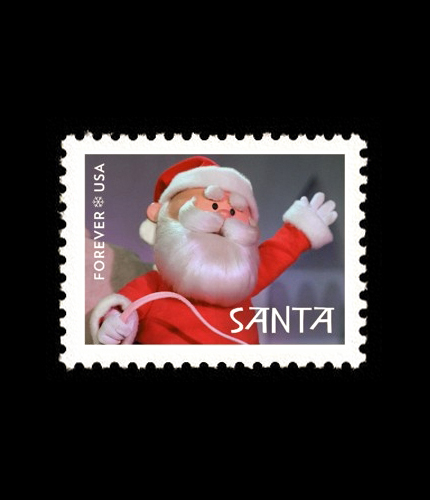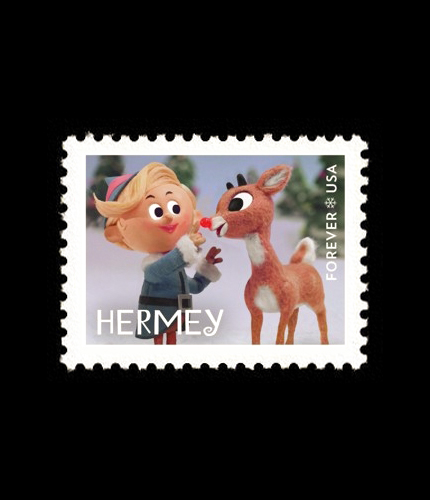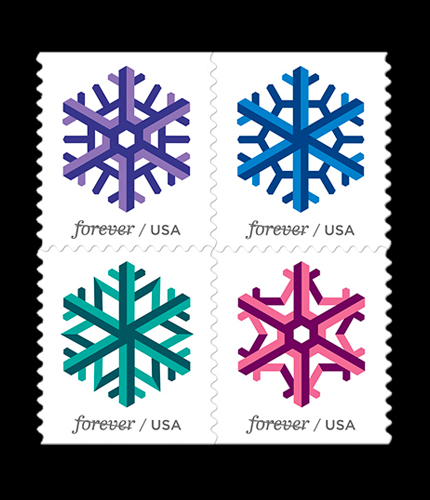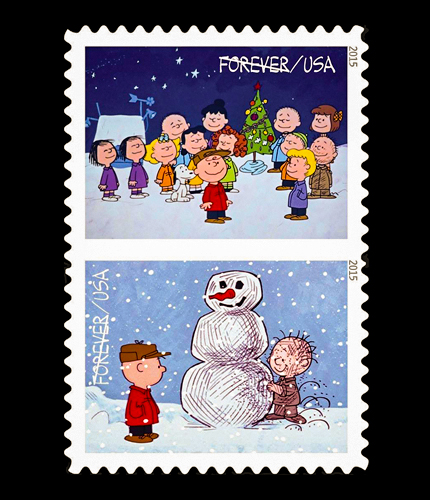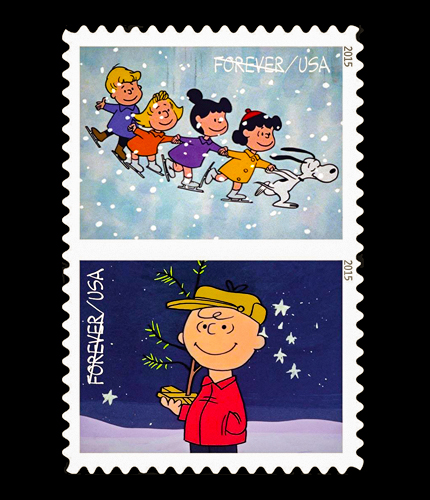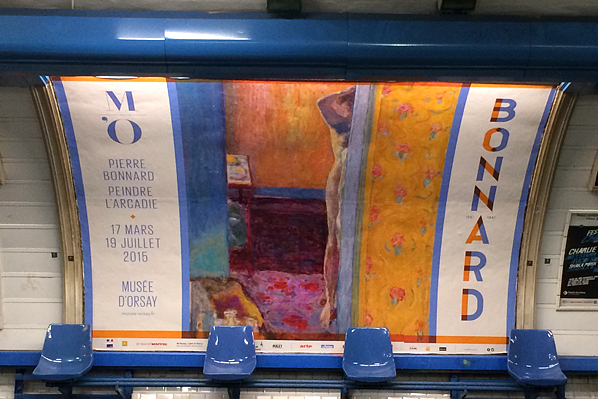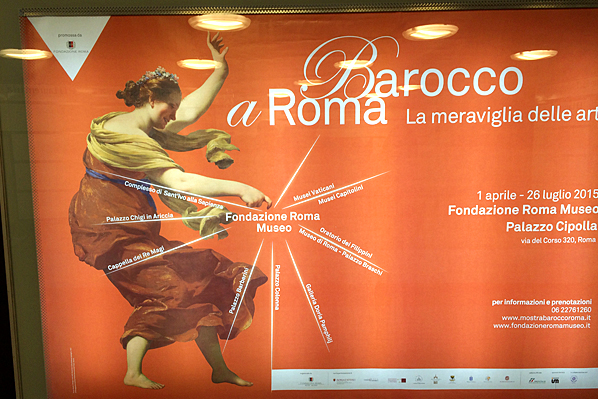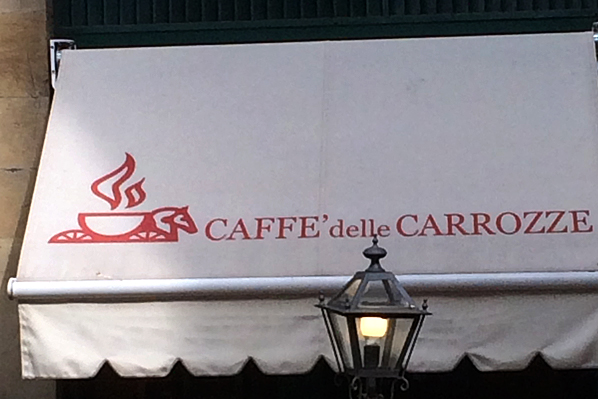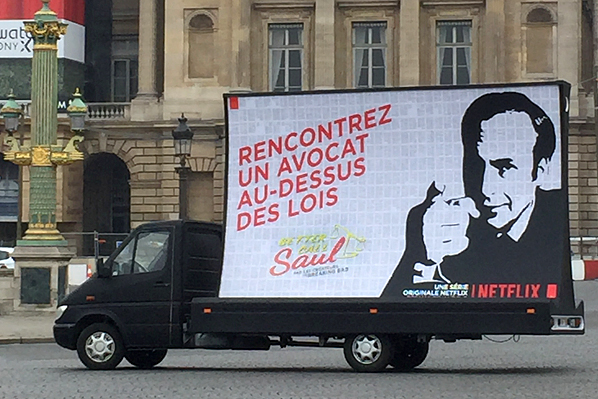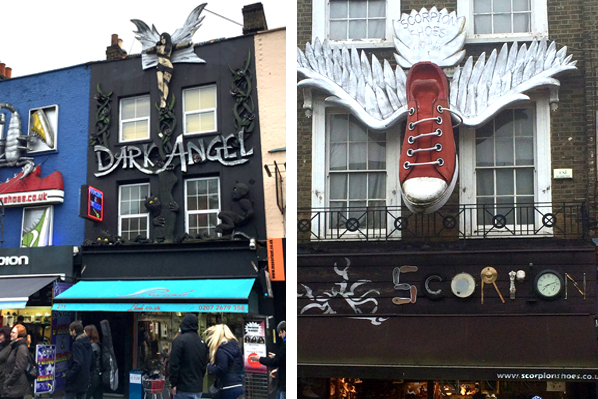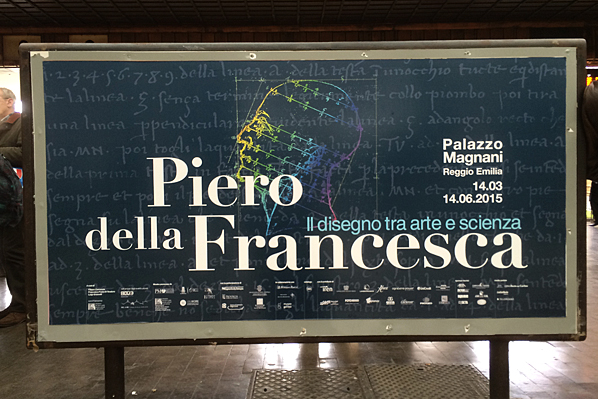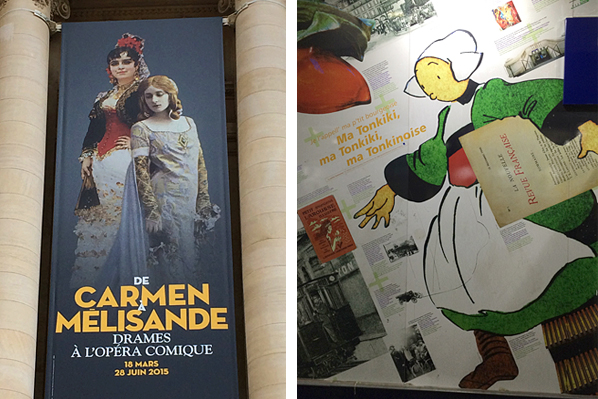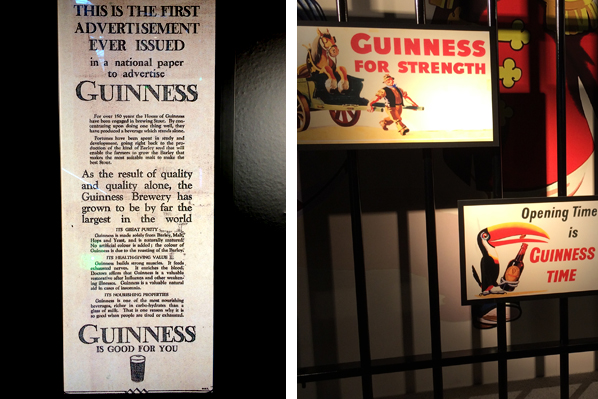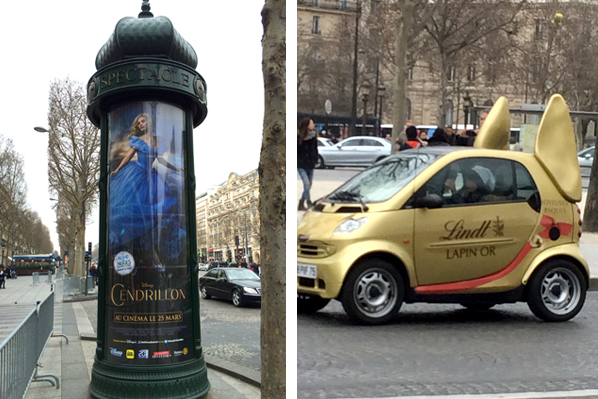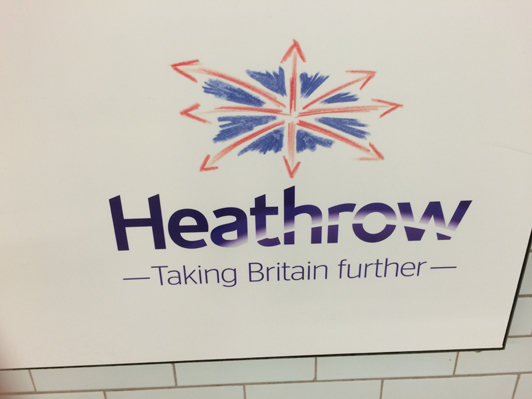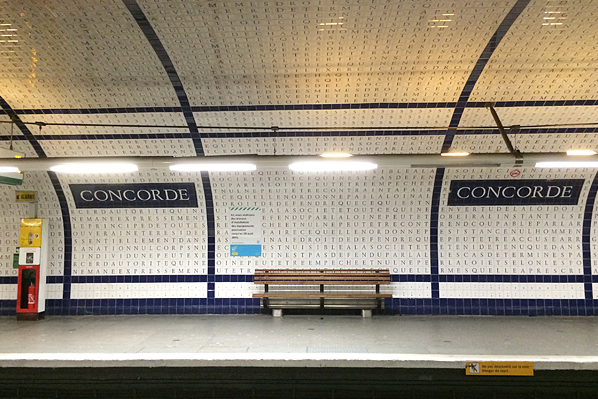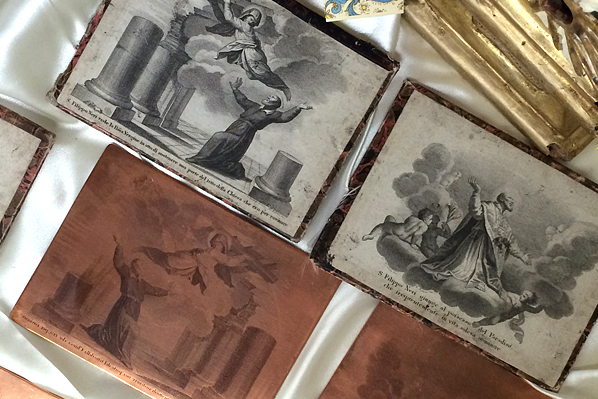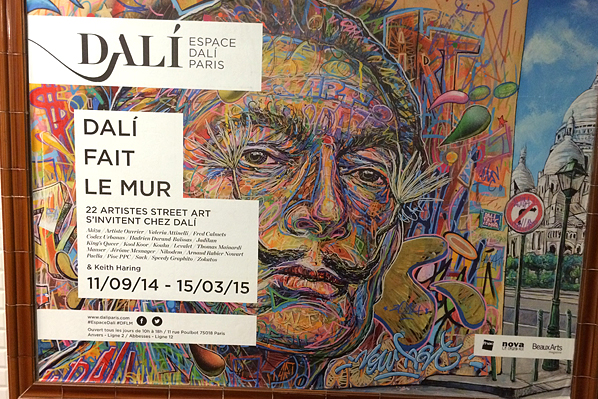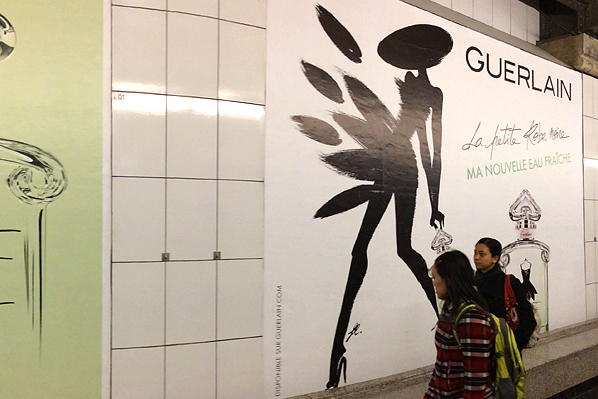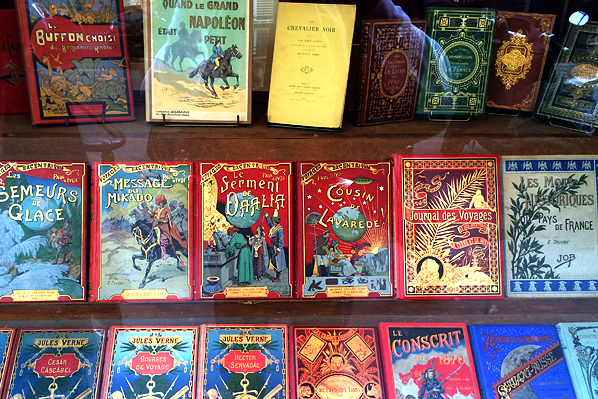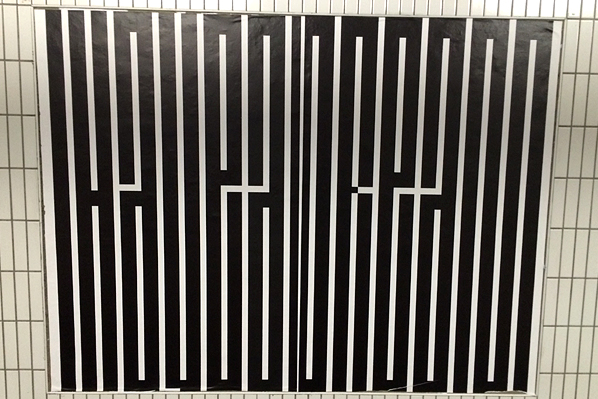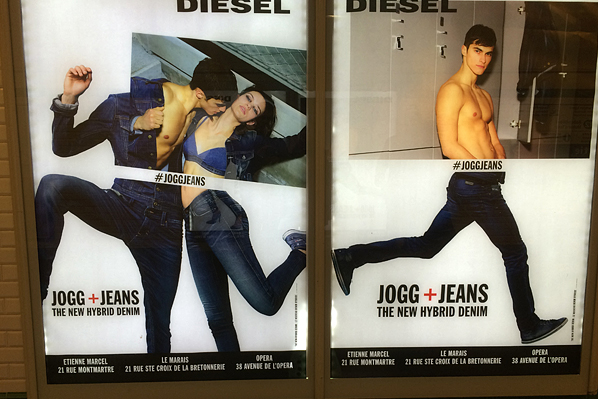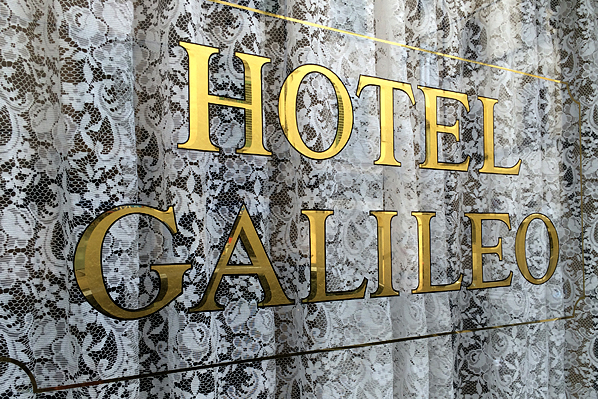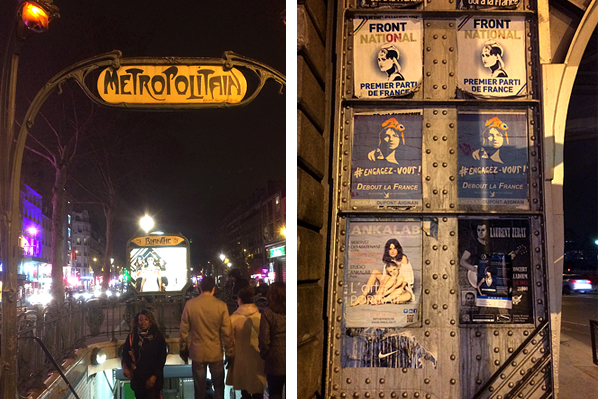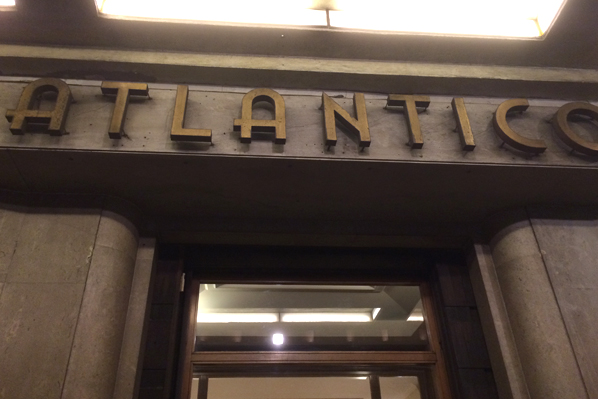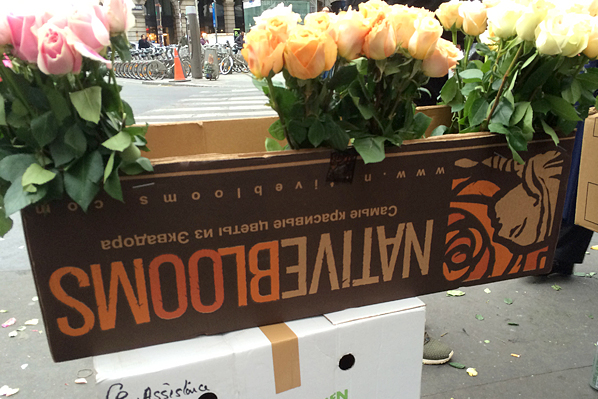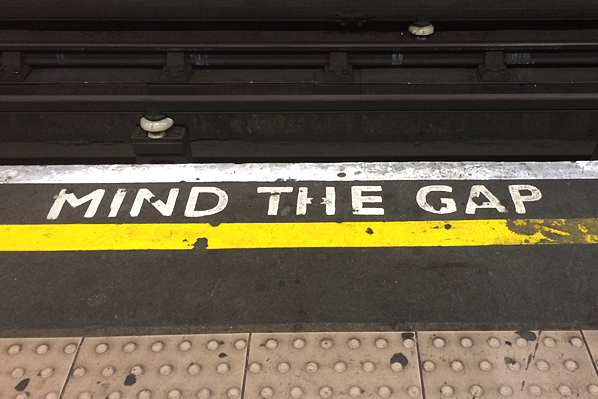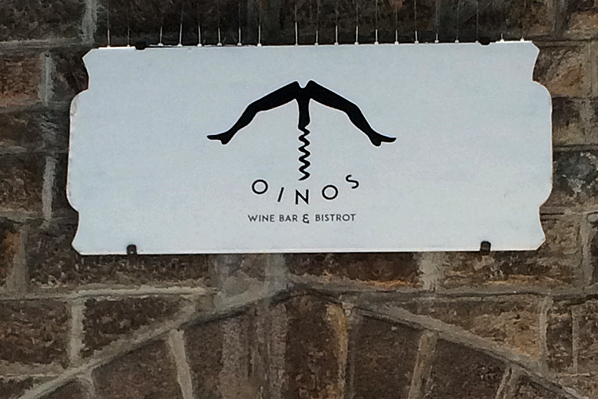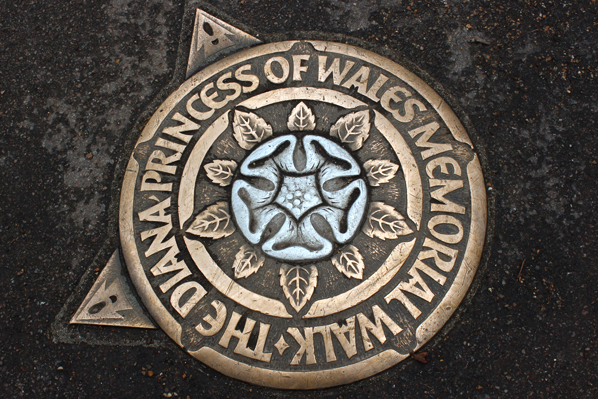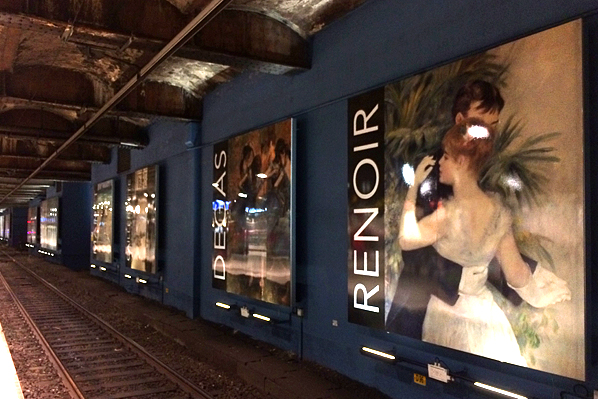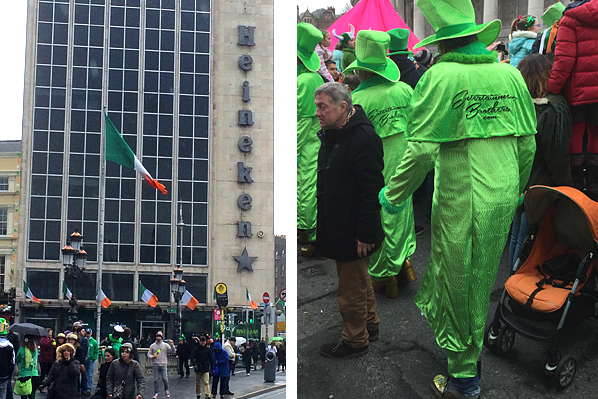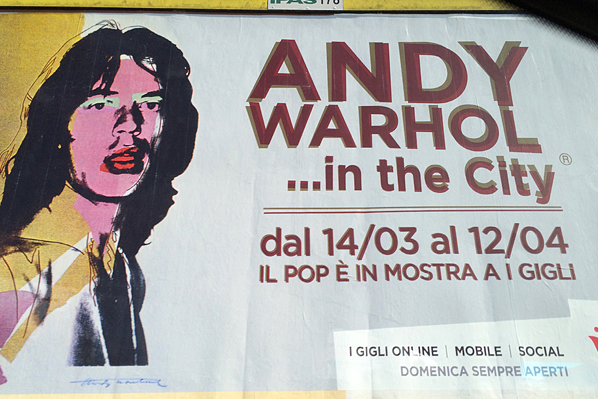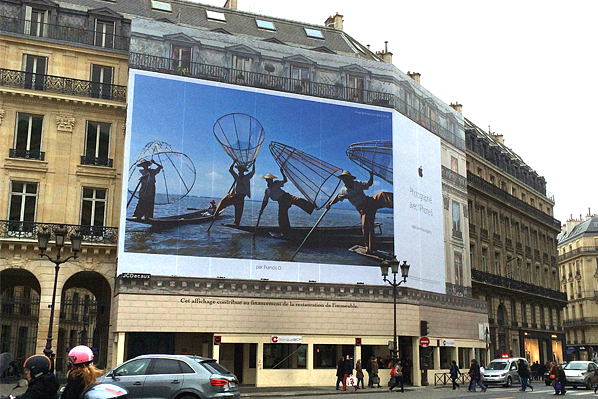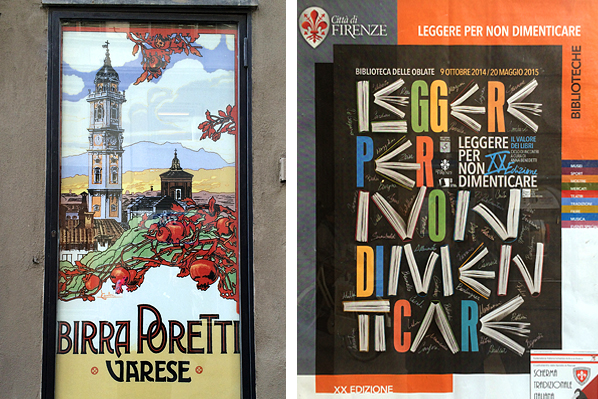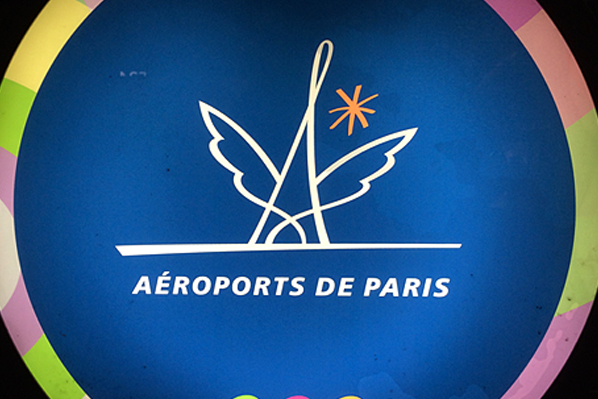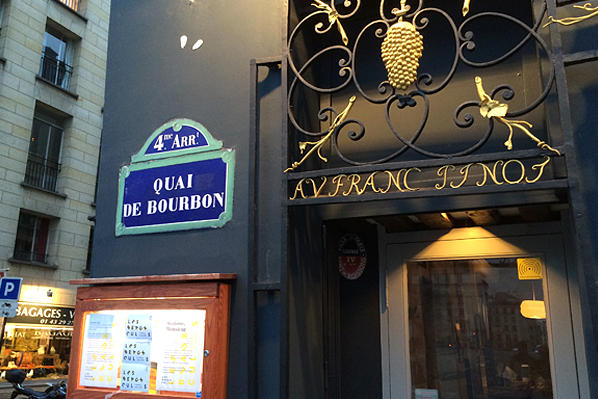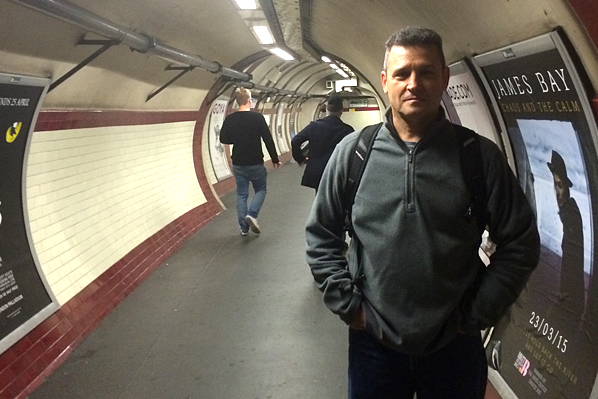Brand extensions are risky business. Companies have to remember that consumers are fickle. Brand image/associations in the minds of the public are difficult to alter. Some brands have done it very successfully, with complete adoption from consumers. But, others have failed. There are two paths that can be taken – a line extension or brand extension.
Line Extensions
Half of all new products introduced each year are line extensions.
Line extensions seek to increase a brand’s user base by leveraging the parent brand equity to target a different market segment in the same product category. They are often a different flavor, ingredient variety, form, size, shape or application of a brand. Ever eat a Peanut Butter Oreo or Baked Lay’s potato chip? How about using Bounty Basic to clean up a spill? Those are all line extensions that have been embraced by consumers, and have proven sustainable over time.
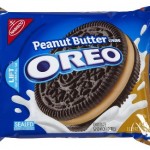
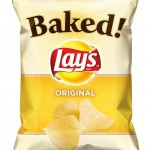
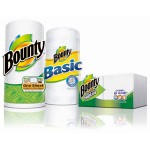
Line extensions can be very beneficial to brands. They can:
– Reduce product promotional costs
– Increase brand recognition
– Expand shelf space
– Increase profits
– Expand customer base
A big risk to line extensions is cannibalizing sales from its other product lines. Brands also risk tarnishing their image when they lose sight of their core audience and value proposition. New Coke flopped because the company angered consumers by halting production of the original formula. McDonald’s Arch Deluxe tried to reach a segment that didn’t identify with the brand by creating a higher-end sandwich, but consumers didn’t bite.
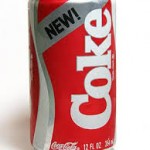
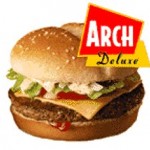
Success is certainly never guaranteed, but brands can increase their chances of product reception by staying true to their image, targeting a specific market segment and listening to their consumers.
Brand Extensions
Brand extensions are a much riskier proposition.
Brand extensions leverage parent brand equity by introducing a product to a different, but complementary, product category. Ever use a Tide To Go stick to get out a fresh stain? Or how about Clorox Wipes to clean bathroom and kitchen counters? Or eat Oreo Ice Cream for dessert? Those are all classic success stories of brands extending into a complementary product category.
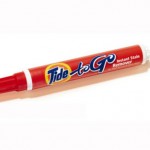

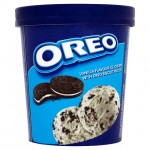
But success isn’t easily achieved. Brand extension risks include loss of reliability if a brand is extended too far, damage to the brand image if customers are confused or frustrated, and outright failure if the extension doesn’t have advantages over the competition. Consider these products: Frito Lay Lemonade, Cosmopolitan Yogurt and Colgate Kitchen Entrees. Based on market perception and understanding of these brands, do these products make any sense? No. These all failed because the category they tried to enter was not complementary to the current category, and the products did not fall in line with the core value proposition of the brand.
However, done correctly, brands can see tremendous benefits from brand extensions:
– Increased parent brand image
– Marketing efficiency
– Reduced risk of failure
– Increased market coverage
– Reduced risk perception by customers
– Revitalization of the parent brand
Brand extensions are most successful when strong, secure brands extend into a product category that complements their core proposition.
Mitigate Risk to Parent Brand with Careful Planning
A company’s brand is its most valuable asset. It is a consumer’s window into a brand. Altering that view in any way poses a great danger. The dilution of a brand can be an unfortunate side effect of a poor strategic extension plan.
The decision to extend a brand has to be made through a well thought-out, strategic plan. It cannot be made hastily or under duress. Consider this: sales are down. It might be very tempting to think that quickly adding a new product or variety of an existing product is the key to righting the ship. But there are many roadblocks to successful brand extensions, and failing to plan for and overcome any of them may have dire consequences beyond loss in revenues. An extension should not be used as the solution to a problem. It is a strategic tool to tap into a potential revenue-generating market by utilizing a strong brand image to gain market share. And it is a tool that should be used very carefully.
On The Lighter Side
Oreo is a classic story of successful line and brand extensions. Through careful research and strategic planning, Oreo has been able to stay relevant in a market that is constantly changing with consumer tastes. It celebrated its birthday on March 6, 2016, 104 years after the first Oreo was sold to a grocer in Hoboken, NJ. March 6 has been commemorated as National Oreo Day, in recognition of the brand. In honor of such an iconic brand, we hosted an Oreo tasting party at our office to share each other’s favorite Oreo flavors, as well as our favorite ways to eat them. Here’s a peek at the flavors we tasted.

Visit our Facebook page to see what everyone’s favorite flavor is and who among us are the “dunkers,” the “biters” and the “twisters.”
Share with us your favorite flavor(s) and whether you are a “dunker,” “biter” or “twister.”



